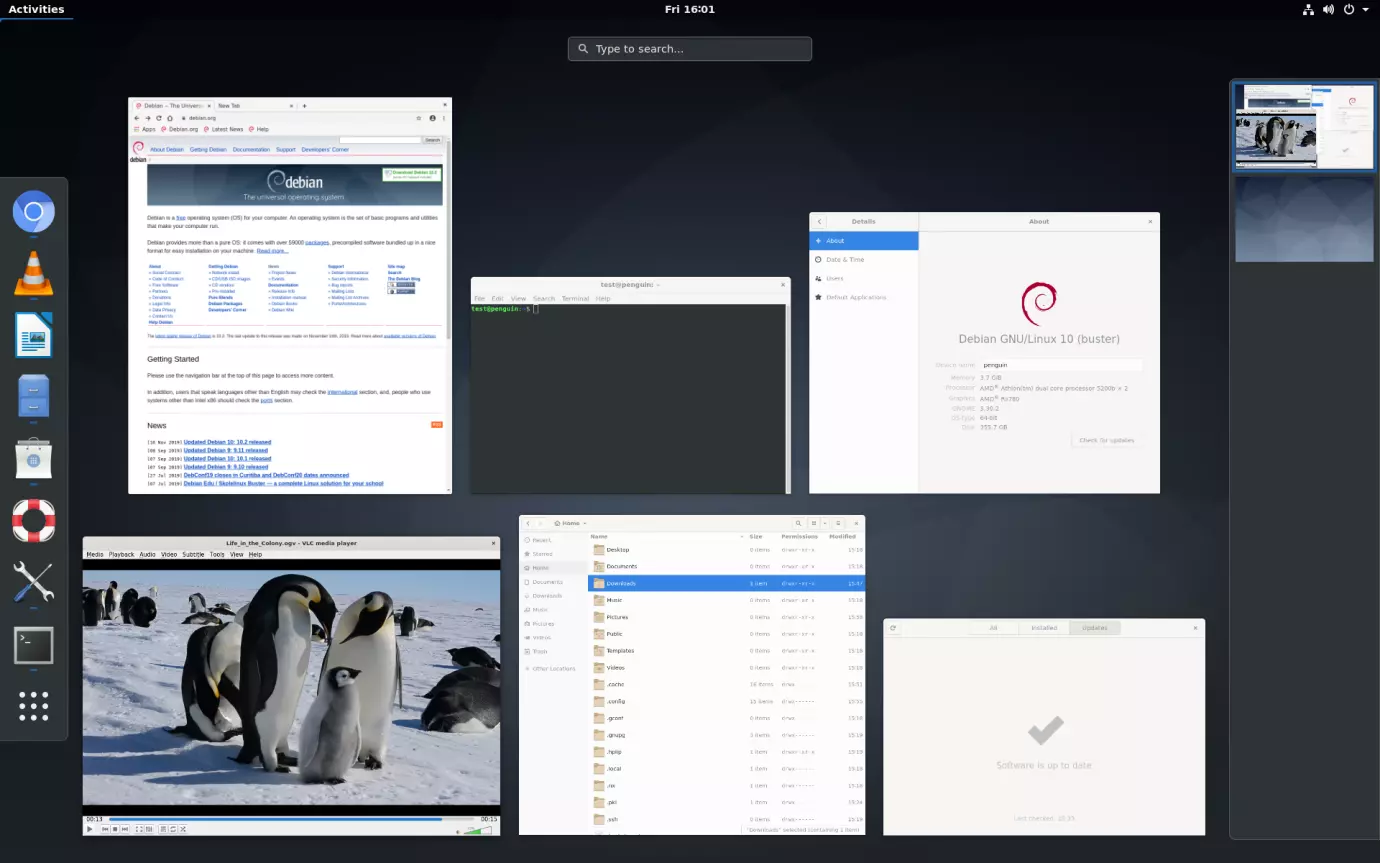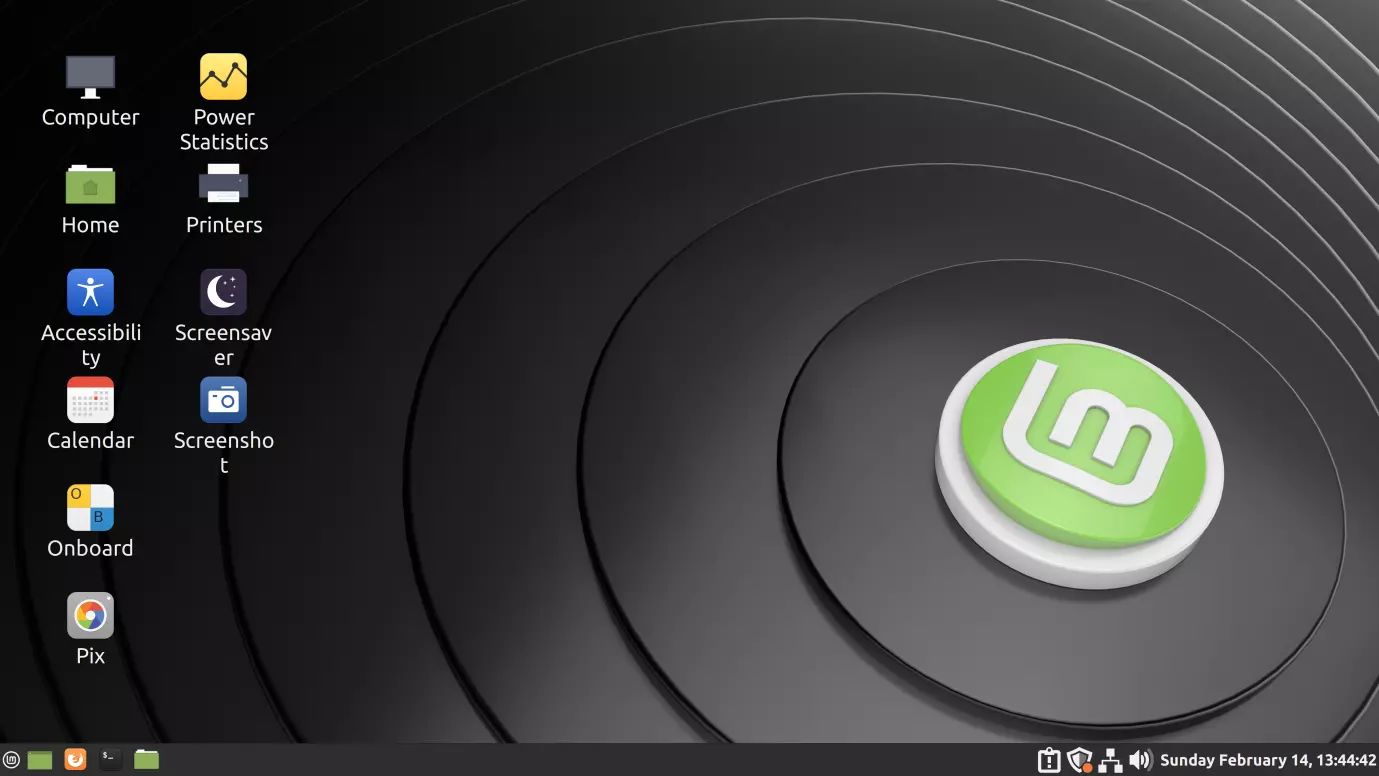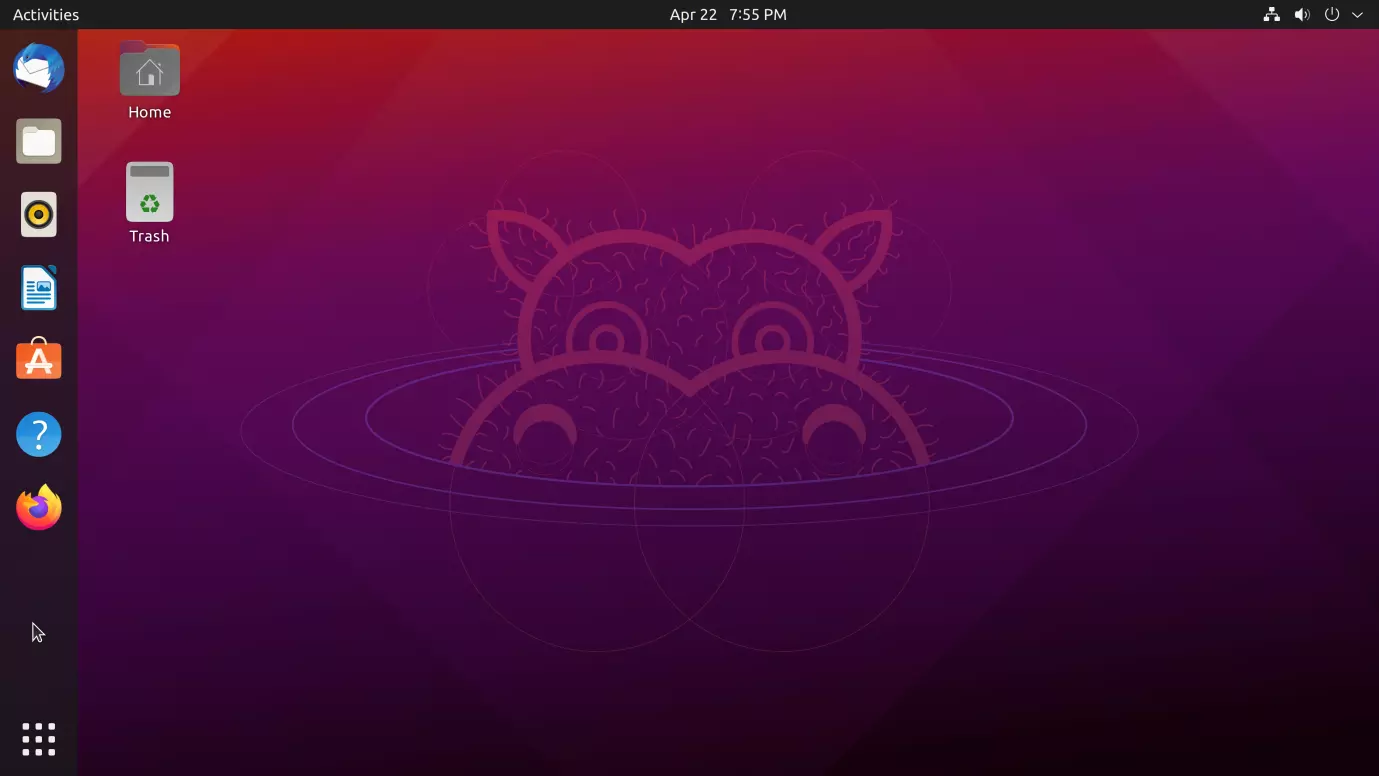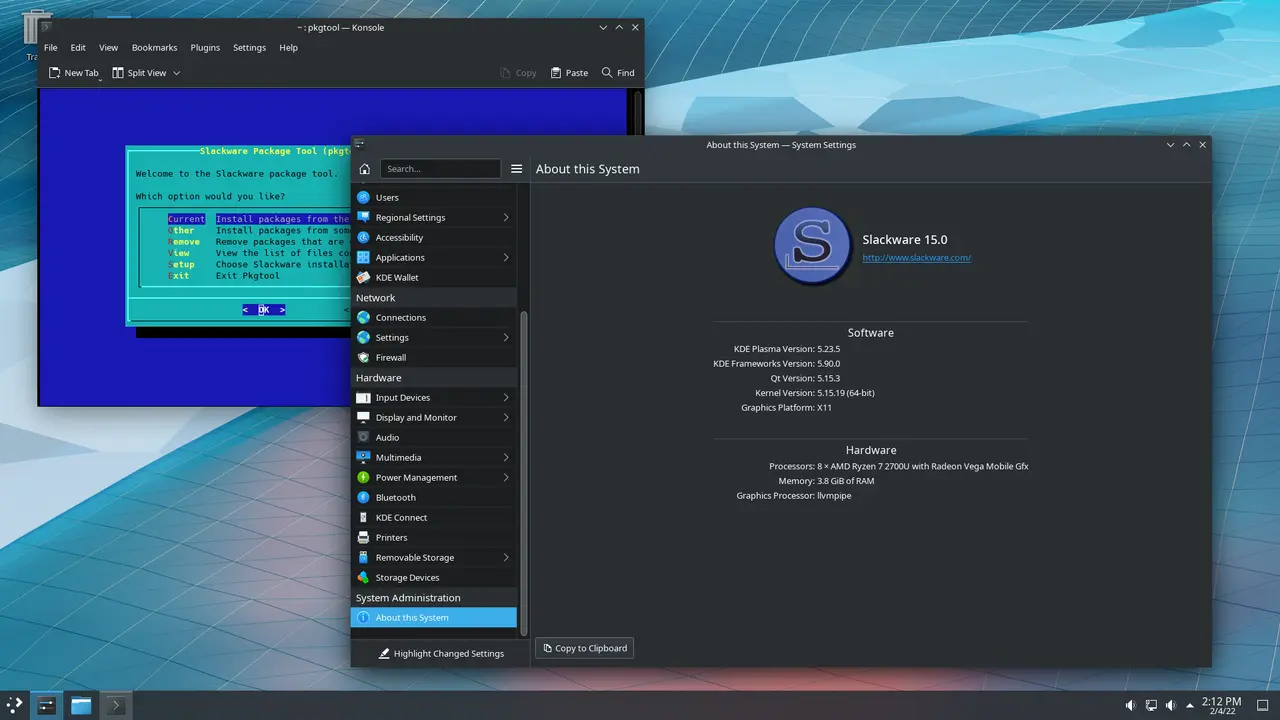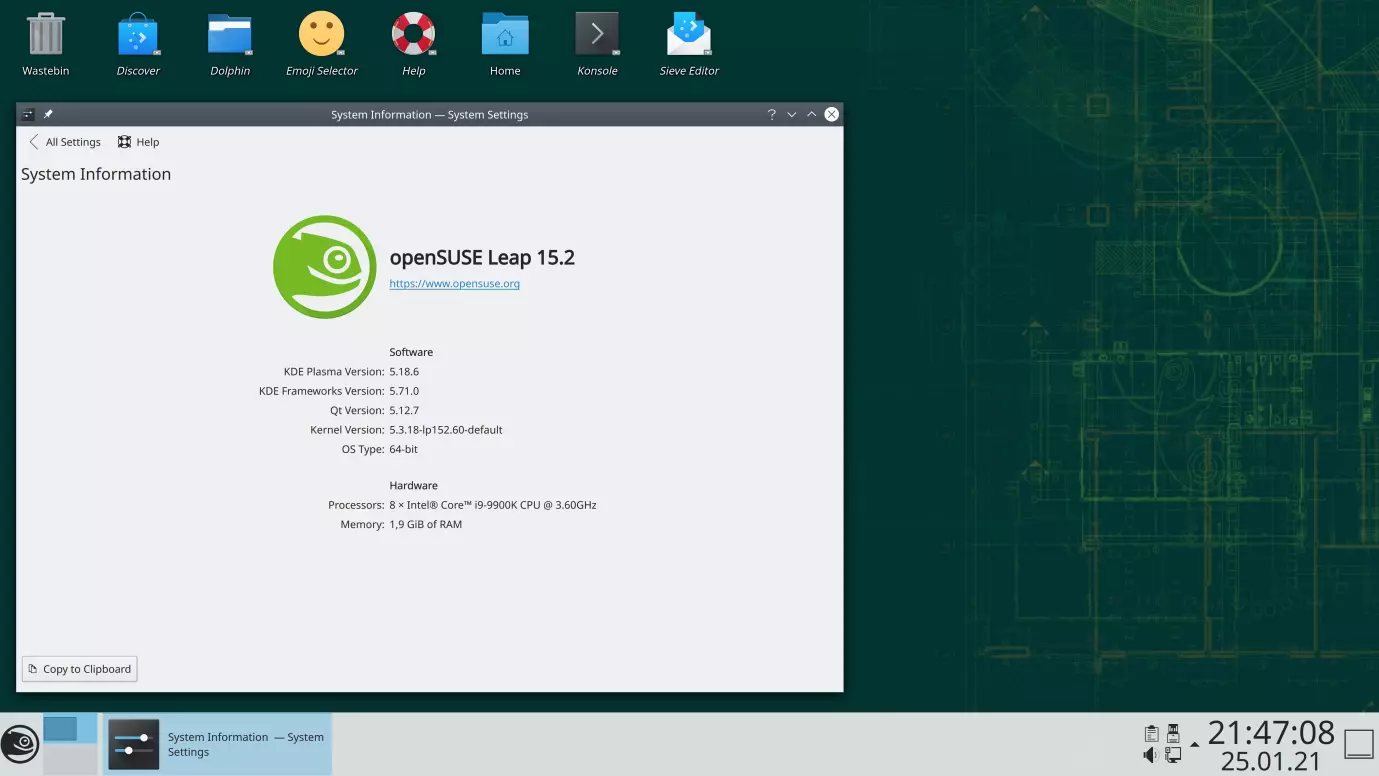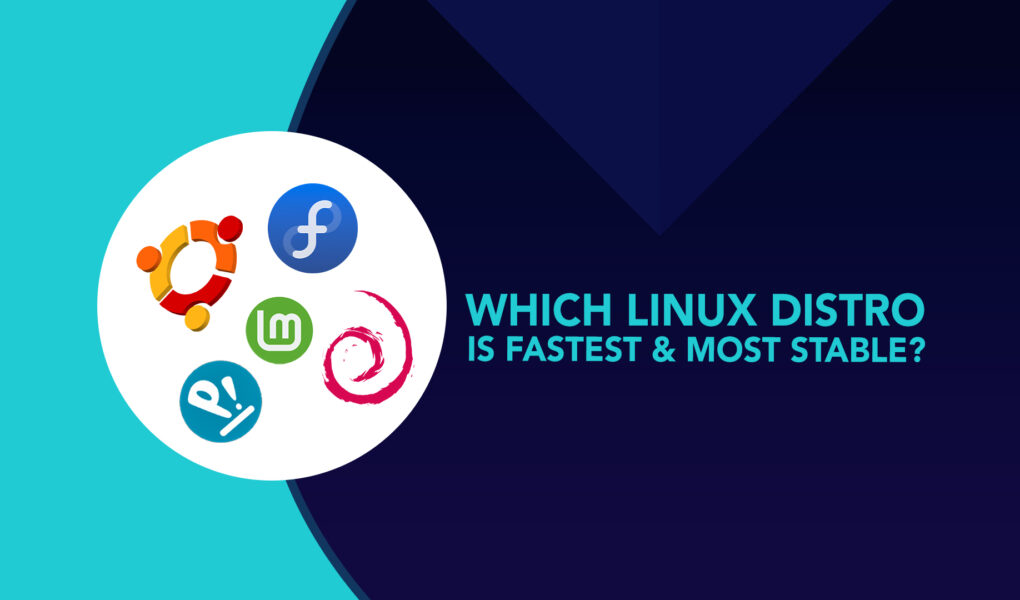Top 5 Stable Linux Distributions
Linux is one of the utmost famous and free open-source platforms. Linux has recently gained a lot of attention and is widely used due to its security, scalability, and flexibility. The distribution named Linux does all the hard work for you by taking codes from open-source till compiling and then combining them into a single operating system so that you’re easily able to boot up and install. Furthermore, they also provide you with different options such as the default desktop environment, browser, and other software. Users can get an operating system by installing one of the most stable Linux distros.
Linux has numerous distinct features for different users. There are lots of Linux distributions for a variety of uses, including education, gaming, and developing software. Somehow I can find so many different Linux distributions that I can’t even remember the exact numbers. There are some unique tendencies, revealed in some clones of each other. So it’s kind of confusing. But that’s the beauty of Linux. Few features of Linux distributions are quite identical to one another, but some distributions have their own user interface and unique features.
Although there are numerous Linux distributions, this article conveys the topmost stable Linux distributions of 2022 currently available.
List of Most Stable Linux Distributions
It is quite common for the term “stable” to be used with Linux operating systems or with a distro, this is because of the accessibility of the modification like updating repositories according to user requirements. Out of these modifications, some of them are vital like Debian, roughly like a fork of a base distribution; Arch, Ubuntu, and many others like Mint.
However, they are unable to fulfill numerous features like support and documentation. In this article, we will list down the top 5 most stable Linux Distros carrying good support, repositories, updating regularly, quite easy to use, and durable.
1. Debian Linux
On top of the list, Debian Linux is the most stable Linux distribution. The great thing about it is that it is user-friendly, lightweight, and compatible with other environments. The Debian team has a longer work period, which allows them to fix most of the bugs before releasing a new version.
The current stable distribution of Debian is version 11, codenamed bullseye. Can be downloaded free from the official download page.
Main Features
- Effectively repair bugs
- It does not require maintenance and the software can be updated itself.
- The official archive upholds cutting-edge and modern packages of programming.
- Package manager i.e. Apt the ability to control dependency issues and proficiently orphaned packages
2. Linux Mint
There is always tough competition to be at the top place and the Linux Mint is not far behind. It is the most widely used distribution and is dependent on Debian and Ubuntu. Linux Mint is one of the most well-known Linux distributions that are both free, community-centric open-source Linux distributions with a huge number of packages.
Linux mint was titled as the best distribution in October 2012. “Vanessa” is the latest version, released in July 2022 whereas the older version of this environment was “Ulyssa”. Linux mint also maintains and supports operating systems in Python and helps to modify its software.
Main Features:
- Easy to use
- Completely supports interactive multimedia
- Comes with basic software such as “LibreOffice, Thunderbird, HexChat, Pidgin”
- Linux Mint offers you to download numerous software like “transmission and VLC media player” by using the package manager.
- Easy to install for newbies
- Linux Mint also accompanies numerous flavors like “Cinnamon, GNOME, KDE”, etc.
3. Ubuntu
Ubuntu is considered the most established Linux distribution for Debian beginners. It is pre-installed on many laptops these days. The good thing is, Ubuntu has its own repositories and functionalities which are frequently synced with the repositories of Debian.
Ubuntu is a well-known, open-source desktop that contains various applications like an office suite, email and media applications, and so forth. For example, you can easily make presentations, assignments, and formal documents on Ubuntu with LibreOffice.
Main Features:
- The graphical user interface is easy to use as you can easily customize the look according to your needs.
- Ubuntu has a secure platform.
- It supports numerous desktop environments i.e. “Unity, XFCE, MATE”, etc.
- Most customizable distribution for super users.
4. Slackware
Slackware Linux is one of the oldest continuously-developed distributions, having been created by Patrick Volkerding in 1993. that is designed for advanced users who are looking for a secure, stable, and reliable distribution. It has a proven record of reliability and stability, making it a popular choice among advanced users. It is also known for its customizability and comes with a large number of preinstalled packages. It can be used on a wide range of hardware, from low-end PCs to supercomputers.
Main Features:
- The oldest Linux operating system with continuous development
- Flexible and stable distribution
- Can be easily installed on older hardware.
5. OpenSUSE
OpenSUSE is another incredibly stable Linux distro developed by various companies and SUSE Linux. The purpose of OpenSUSE is to make easily accessible open-source tools by giving developers a user-friendly environment.
OpenSUSE combines and collaborates in order to stop conveying the ordinary release and focus to deliver the most stable distros. The code of OpenSUSE usually takes each one of the extraordinary characteristics from the Enterprise of SUSE Linux and gives the other way around.
Main Features:
- User friendly
- It also supports graphic cards.
- It has various characteristics of “GNOME, KDE, Cinnamon, LXDE, Xfce, Openbox”, etc.
Conclusion
As you can see, each Linux distribution has its own unique features and is optimized to perform specific tasks. This article conveys the top 5 most stable Linux Distributions for 2022.
The term stable is very relative when it comes to operating systems. It depends on the type of hardware you are running on your system or the software you are going to run. An operating system that is stable for one user might not be stable for another. When looking for a new stable OS for your system you should go for the one which has the LTS or stable version tag.
Which Linux distro is fastest and most stable?
As a Linux user, you want a distro that not only performs well but also offers stability and speed. You opt for the popular names but turns out they aren’t stable or not performing up to the marked speed. Well, you won’t have to search for it anymore as this article brings you a comprehensive overview of which Linux distro is the fastest and most stable. Not only this, but we bring you a list of top contenders and you may choose any of them. So, let’s see which one we are starting with.
1: Fedora
Fedora, developed by Red Hat Inc., is a stable Linux distribution that provides cutting-edge features, making it a favorite of open-source lovers and developers alike. Its well-documented and regularly updated software repository ensures easy installation and setup, while its community of users and developers provides helpful support.
Fedora comes with DevAssistant for easy development environment setup and publishing, making it a top choice for those seeking a fast, stable, and feature-rich Linux distribution.
2: Debian Linux
Debian Linux stands out as the most stable Linux distribution, offering user-friendliness, lightweight, and compatibility with various environments. Its longer development cycle allows for rigorous testing and efficient bug fixing, while the self-updating software eliminates the need for maintenance. The official archive offers modern and cutting-edge programming packages, and the package manager, Apt, efficiently handles dependency issues.
3: Ubuntu
Ubuntu is a well-established Linux distribution that is easy for Debian beginners to use and is often pre-installed on laptops. It has its own repositories and features that are regularly synced with Debian’s repositories. With an abundance of applications like LibreOffice, Ubuntu makes creating presentations and documents easy.
The user interface is customizable and user-friendly, and the platform is secure. It is a versatile operating system that allows you to choose from several desktop environments and personalize it to your liking. This makes it an ideal option for both novice and advanced users.
4: Arch Linux
Arch Linux is a highly personalized operating system that comes with a bare-bone base, allowing users to pick and choose the required components without any bloat programs. Although the installation process is difficult, it is well-documented and easily repairable.
The authorized software repository for this system offers the latest and most advanced software packages, and the system requires no maintenance, as it has a self-managing software update feature. The package manager, Pacman, adeptly manages any problems with software dependencies or orphaned packages.
5: Linux Mint
Linux Mint is a widely-used, community-centric open-source Linux distribution based on Debian and Ubuntu. It offers an easy-to-use interface, full support for interactive multimedia, and comes with basic software such as LibreOffice, Thunderbird, HexChat, and Pidgin.
Its package manager allows users to download and install additional software like Transmission and VLC media player. Linux Mint is also known for its simple installation process, making it an attractive choice for newbies.
6: OpenSUSE
OpenSUSE is a stable and user-friendly Linux distribution with the purpose to provide easily accessible open-source tools in a collaborative environment focused on delivering the most stable release possible. OpenSUSE is known for supporting a wide range of graphic cards and offering various desktop environments options such as GNOME, KDE, Cinnamon, LXDE, Xfce, and Openbox. Backed by a supportive community, OpenSUSE is an excellent choice for those looking for a reliable and customizable Linux distro.
7: Elementary OS
Elementary OS is an Ubuntu-based Linux distribution known for its simple yet effective user interface, powered by Pantheon. It offers features such as multitasking view, picture-in-picture, and do not disturb mode to help users stay focused. The distro incorporates a pay-what-you-can payment model, allowing users to donate any amount to the developers. However, it has limited environment flexibility and customization options.
8: Zorin OS
Zorin OS is an Ubuntu-based Linux distribution that is user-friendly and offers Windows compatibility through Wine and PlayOnLinux. Its desktop environment includes GNOME 3 and Avant Window Navigator, and it provides a variety of layout options that are similar to Windows and macOS. The operating system’s standout feature is Zorin Connect, which integrates the functionality of an Android device with a Zorin OS machine, allowing for easy file sharing and notification viewing.
Conclusion
Analyzing the performance and stability of various Linux distributions, it’s clear that there is no clear winner. Each distribution has its own strengths and weaknesses, making it difficult to declare one as the fastest and most stable. However, the good news is that with the wide range of options discussed above, you can find a distribution that meets your specific requirements and provides a balance of speed and stability. The Linux distros mentioned above are all considered among the fastest and most stable.
